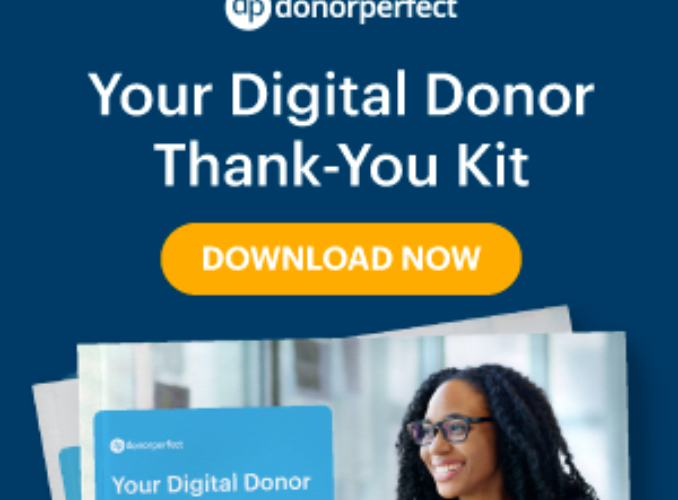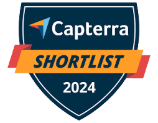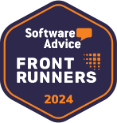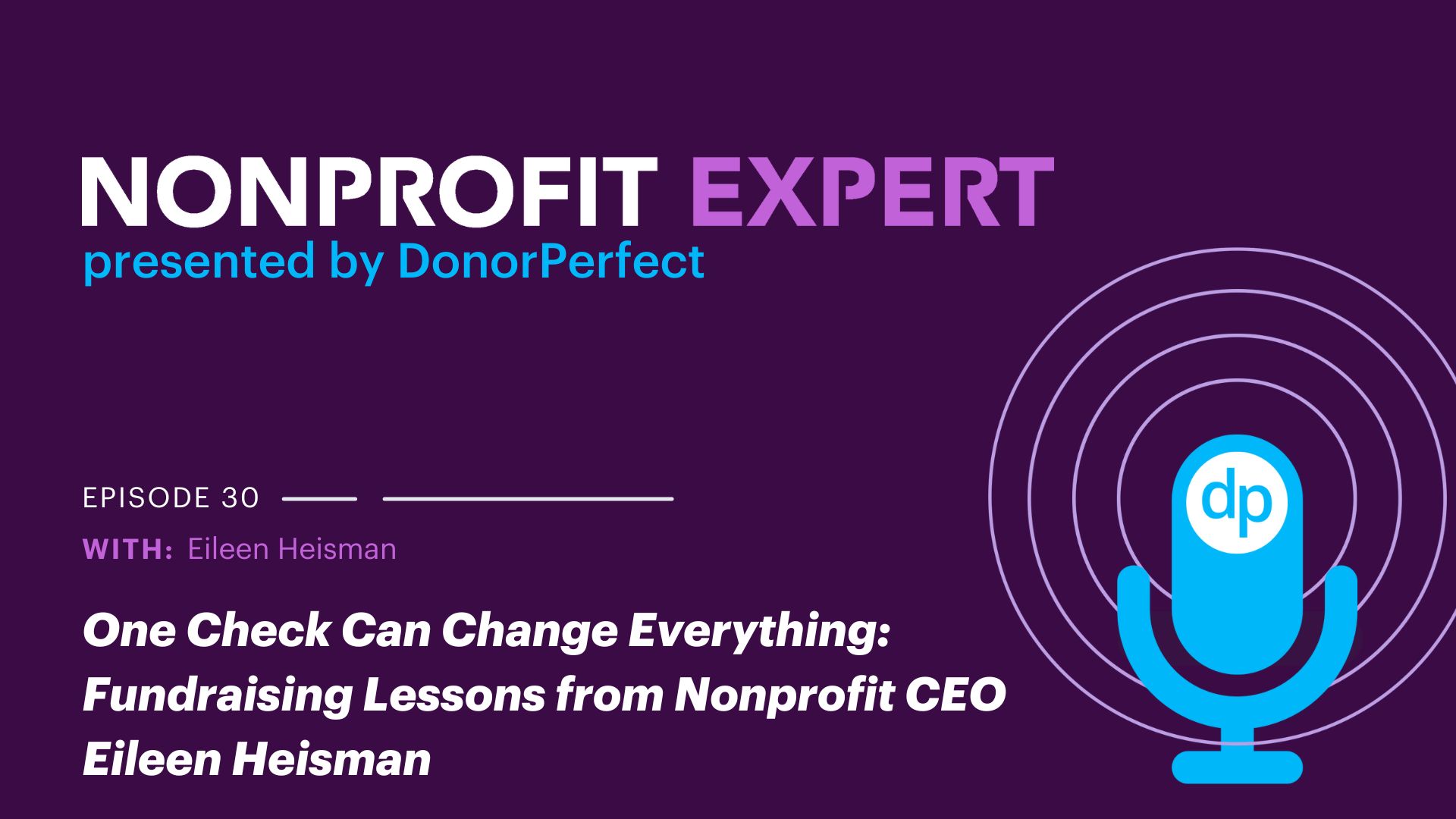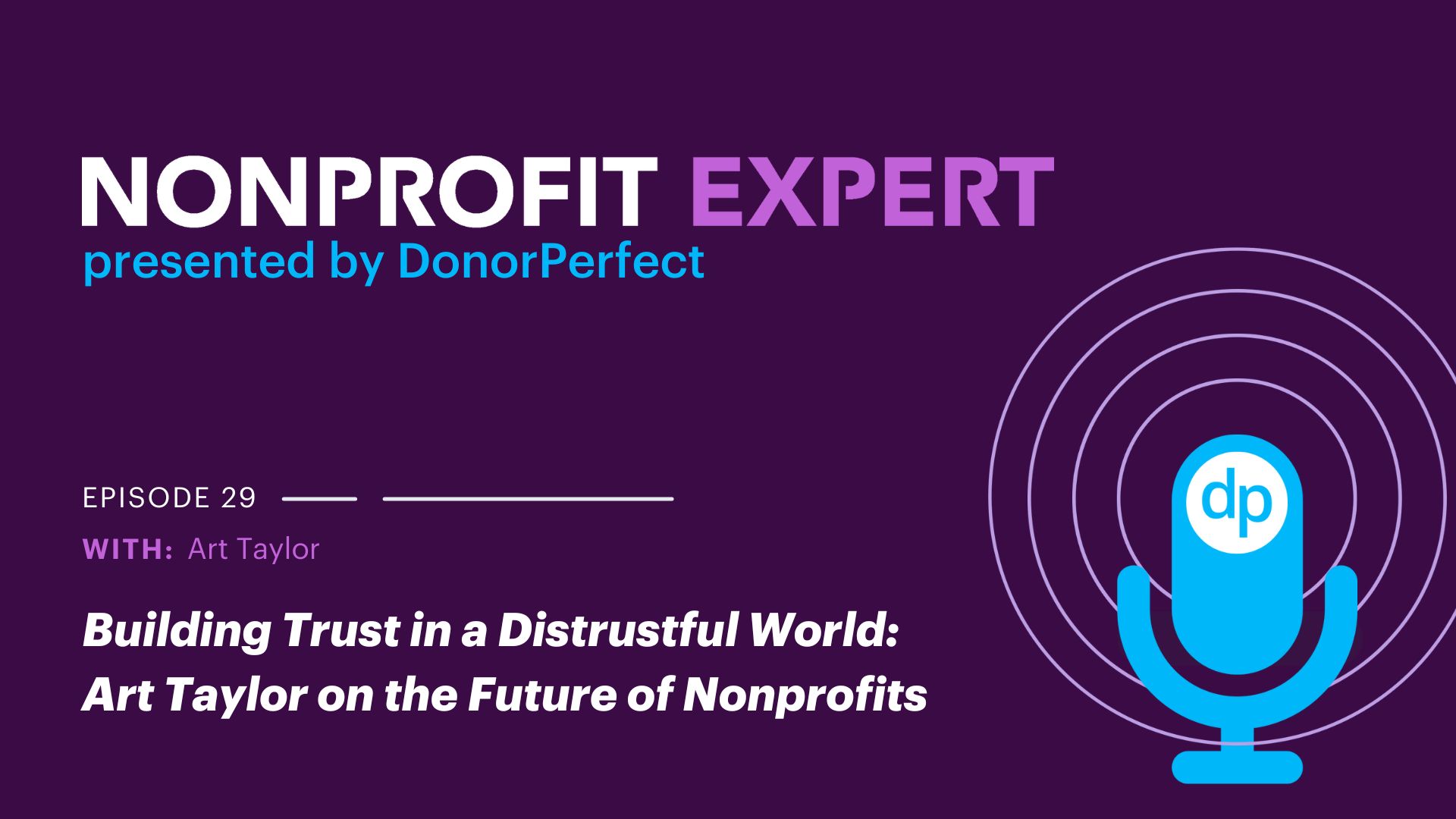Agile Fundraising is a planning and work process that helps teams produce better outcomes through ongoing delivery of value, iterative improvement, and regular prioritization.
The proven principles of Agile empower your fundraising team to make steady progress toward goals, respond quickly to change, improve donor connection, and deliver better results without chaos and disruption. It’s a modern approach to building a responsive, data-driven nonprofit fundraising strategy that drives growth and builds alignment across your organization.
Where annual fundraising plans fall short
Most nonprofit fundraising teams follow the same annual planning cycle:
- Spend weeks crafting a detailed plan in Q4 or early Q1
- Launch a few large-scale campaigns (spring gala, Giving Tuesday, year-end)
- Evaluate performance at the end of the year (when it’s too late to adjust)
While this style of planning provides structure, it is slow, prone to assumptions, and lacks awareness of real-time events and changes that can impact your plans.
Donor behavior changes rapidly in response to social issues, economic shifts, and new platforms. The messaging that resonated in January may feel tone-deaf by June.
Opportunities emerge unexpectedly—a new grant opens, your organization receives media coverage, or a social media post goes viral. Your rigid plan has no room to capitalize on these moments.
Team energy and capacity fluctuate, especially with small staff sizes and high turnover rates. The ambitious Q3 campaign you planned assumes the same team will be there to execute it.
External events disrupt everything. Whether it’s a natural disaster, economic downturn, or political upheaval, the world doesn’t wait for your annual planning cycle.
What happens when reality meets your perfect plan?
Nonprofits either:
- Stick rigidly to outdated plans, missing critical chances to engage donors when they’re most receptive
- Scramble to pivot without framework, creating stress and inconsistency that confuses donors and exhausts staff
The result? Stalled campaigns, donor disengagement, team burnout, and year-end disappointment when you’re left wondering where the year went and why your carefully crafted strategy didn’t deliver.
But what if there was an approach that maintained strategic direction while building in the flexibility to adapt? What if you could test ideas quickly, learn from real donor feedback, and continuously improve rather than gambling everything on annual predictions?
Agile Fundraising builds sustainable, happier teams
Small wins build momentum instead of the all-or-nothing pressure of major campaigns. When your team sees positive results every two weeks, they stay energized.
Clear priorities reduce overwhelm. When everyone knows the top 3 things that matter this month, decision-making becomes easier and stress decreases.
Retrospectives give staff a voice in improving processes. Instead of top-down mandates, teams actively participate in making their work better.
Faster feedback creates purpose. Rather than waiting months to see if something worked, team members get immediate reinforcement when their ideas succeed.
- Reduction in planning time (more time for actual donor engagement)
- Increase in staff capacity for donor-facing activities
- Improvement in meeting deadlines without last-minute scrambles
- Higher satisfaction and engagement from meaningful work
- Lower turnover because people feel heard and see progress
- Stronger sense of ownership over fundraising outcomes
Transparency is the engine of trust and transformation in Agile Fundraising.
When your team can see exactly what’s being worked on, whether on a whiteboard in the office or a digital Kanban board, priorities become unmistakable. Visible tasks, assignments, and blockers eliminate guesswork and make it easy to align around what matters most. Everyone sees the same board and knows what’s in progress, what’s complete, and what’s stuck. That shared visibility builds trust, speeds up collaboration, and supports faster decision-making.
For nonprofit leaders, it means less micromanaging and more meaningful engagement. If the sprint board shows that donor reactivation is the current focus, your communications director can tailor messaging accordingly—and volunteers can support outreach without waiting for instructions.
Transparency also fosters accountability. When work is clearly displayed, it creates shared responsibility. If someone is blocked, it’s immediately visible and the team can rally to move things forward. It reduces siloed thinking and encourages a culture of collaboration over blame.
What is Agile Fundraising?
Agile Fundraising is a framework that organizes and prioritizes work in smaller, iterative deliverables. It’s not about doing more, faster. It’s about doing the right things, at the right time, with just enough planning to move forward confidently.
Agile Fundraising helps teams:
- Break work into shorter, focused cycles known as sprints that deliver tangible results every 2-4 weeks
- Test and learn from real donor behavior instead of making assumptions
- Prioritize high-impact activities when resources are limited
- Collaborate across roles and reduce departmental silos
- Adapt campaigns as new data and insights emerge
In short, Agile Fundraising helps nonprofits become responsive to present-tense circumstances, rather than reactive. The magic is in the mindset shift from “getting it all done at the same time” to “learning and improving with every initiative.”
The four core principles of Agile Fundraising
1. Follow the data – Focus on what drives donor behaviors and move forward based on actual results. Accelerate and adjust where the opportunities present.
2. Rapid testing over big bets – Test new approaches with small segments before committing significant resources. A small-scale test can save you from an expensive direct mail mistake.
3. Team collaboration over individual silos – Break down barriers between development, communications, leadership, and program teams. When everyone works toward clearly expressed outcomes, alignment happens.
4. Adapting to change over following scripts – Stay flexible enough to capitalize on opportunities or respond to challenges. Your process should help you pivot.
Learn to speak the language of Agile
Agile Fundraising brings the strategic power of Agile project management into the world of nonprofit development. At its core, Agile is about working in short cycles, gathering feedback, breaking large goals into smaller steps, and continuously improving. It’s less about following rigid rules and more about fostering adaptability, transparency, and teamwork.
Here are the essential Agile concepts and rituals every nonprofit team should understand when adopting Agile Fundraising.
1. Sprint: The defined work period
A sprint is a short, time-boxed period (usually 2 or 4 weeks) during which a team works on a defined set of tasks. In fundraising, a sprint could be dedicated to writing donor emails, vetting vendors for an event, or planning stewardship outreach.
Think of a sprint as a “work container”: it sets a realistic boundary for what the team can focus on. Once a sprint begins, the goal is to avoid changing priorities. That focus helps reduce stress and boost productivity.
Example: A sprint might have a goal like “Send year-end email series draft to reviewers” or “Confirm top 20 sponsors for the gala.”
2. Sprint planning: Shaping projects and tasks
Sprint planning is the meeting that kicks off each sprint. During this meeting, the team:
- Reviews the current backlog (a list of all possible tasks)
- Defines what needs to be done
- Selects tasks they can realistically complete in the upcoming sprint
- Assigns owners to each task
The goal is to leave the meeting with a clear understanding of what will be delivered, who is responsible, and why these tasks matter.
Pro tip: For a two-week sprint, plan for a 60–90 minute meeting. Bring your team’s planning board or task list to review together.
3. Prioritization: Selecting high-value projects
Agile is about doing the right things first. Prioritization means evaluating all potential tasks and deciding which ones bring the most value toward your goal.
In fundraising, this could mean prioritizing:
- High-impact donor segments
- Major gifts vs. broad appeals
- Foundational tasks (e.g., setting up a landing page) before outreach
Pro tip: A simple tool like the MoSCoW method (Must Have, Should Have, Could Have, Won’t Have this sprint) can help your team make tough choices without conflict.
4. Backlog: Ideas for another day
The backlog is your master list of tasks, ideas, and deliverables. It includes everything you might want to do: design mailers, draft a stewardship plan, call lapsed donors, etc.
During sprint planning, your team pulls from the backlog to decide what gets worked on now. The backlog is dynamic: you should be continuously updating it based on feedback, new ideas, or results.
Pro tip: Break big items into smaller, doable tasks. “Run donor event” becomes “Book venue,” “Invite list finalized,” “Catering confirmed,” etc.
5. Kanban: Project status and progress tracker
Kanban is a visual workflow tool used to track tasks as they move through stages like To Do → In Progress → Done. It can be a whiteboard with sticky notes or a digital tool like Trello or Asana.
Each task is a “card” that moves across columns as work progresses. This helps teams quickly see bottlenecks and keep everyone aligned.
Kanban works great for smaller fundraising teams who need flexibility. It can also be layered with Scrum rituals (see below) for a hybrid Agile system.
Pro tip: Use color coding to show types of work being done. Example: green for appeals, blue for events, yellow for stewardship, red for urgent tasks.
6. Scrum: The collaborative work process
Scrum is a structured Agile framework built around sprints and defined team roles:
- Product Owner (in fundraising, this could be the Development Director): sets the vision, defines the priorities, and ensures donor value.
- Scrum Master: keeps the team focused, removes blockers, and facilitates Agile rituals.
- Team Members: cross-functional contributors doing the work: writers, gift officers, event planners, etc.
Scrum includes sprint planning, daily stand-ups, reviews, and retrospectives. It works well for medium-to-large nonprofit teams who need structure and repeatable rhythms. It also helps to maintain discipline and progress in complex fundraising campaigns like capital or multi-channel annual appeals.
7. Daily stand-up: Quick check-in on projects
The stand-up is a short (typically 15-minute) daily or semi-weekly meeting where each team member answers:
- What did I complete yesterday?
- What will I work on today?
- What’s blocking me?
This keeps communication flowing and allows the team to quickly address obstacles. Even doing this 2–3 times a week can prevent misunderstandings and speed up execution.
Pro tip: Keep it fast-paced and focused. Save in-depth discussions for after the stand-up.
8. Sprint demo (Review): Demonstration of progress
At the end of each sprint, the team holds a sprint demo (or review) to show what was completed. This could be:
- A donor newsletter draft
- A new landing page
- Results from an email test (open/click rates)
- A sponsorship pitch deck
It’s a chance to gather feedback from stakeholders (like your ED or board) and celebrate progress. This helps the team build confidence and stay accountable.
Pro tip: Think of the sprint review as a “show and tell” session. Bring real projects for feedback and refinement.
9. Retrospective: A reflection on the process
After the demo, the team holds a retrospective: a safe space to reflect on the process and the work. Everyone answers some variation of the Stop / Start / Continue model to help answer:
- What went well?
- What could be better?
- What will we try next time?
The goal is continuous improvement. Maybe you discover that waiting for the entirety of the campaign slowed you down and that next time, you’ll include smaller deliverables that could come out earlier. Retrospectives help build trust, transparency, and performance over time.
Pro tip: End with 1–2 action items the team commits to for the next sprint.
10. Minimum viable product (MVP): An early deliverable for testing
An MVP is the simplest version of a project that can be shared to get feedback. Instead of waiting for perfection, Agile encourages sharing early and often.
Example: Instead of writing an entire appeal series before review, start with a single draft email and test it with a small donor segment. Adjust based on response.
How DonorPerfect enables Agile Fundraising success
Agile Fundraising helps teams stay focused, adapt to real donor feedback, and keep supporters at the center of everything. It transforms fundraising from a series of expensive gambles into a process of continuous learning and improvement.
Example use cases for Agile Fundraising:
1. Lapsed donor re-engagement
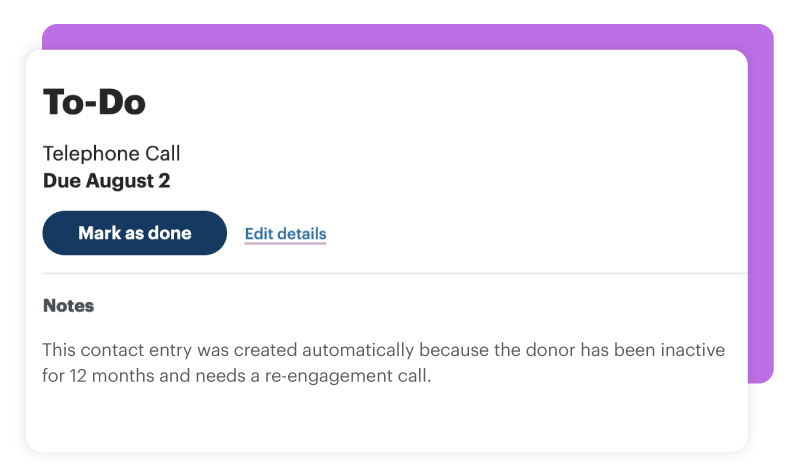
Run a focused 2-week sprint to segment donors by how long they’ve been inactive (e.g., 6 months, 12 months, 24+ months). Draft and test two reactivation email messages or call scripts, using DonorPerfect reports to track response and donation rates by segment. In the sprint review, determine which segment or message performed best and plan your next outreach accordingly.
2. New donor welcome series
Create a minimum viable version (MVP) of your welcome series: perhaps just 2 emails and a thank-you call. Monitor engagement via email open/click rates and donor retention over 30 days using DonorPerfect metrics. In the next sprint, test variations on subject lines, story format, or timing to optimize for long-term giving.
3. Recurring donor upgrade campaign
Start a sprint focused on testing upgrade asks to current recurring donors (e.g., “$5 more per month makes a bigger impact”). Segment donors by giving level or tenure, and personalize upgrade messages. After the sprint, run a retrospective to analyze conversion impact and refine the messaging for the next round.
4. Major donor touchpoint planning
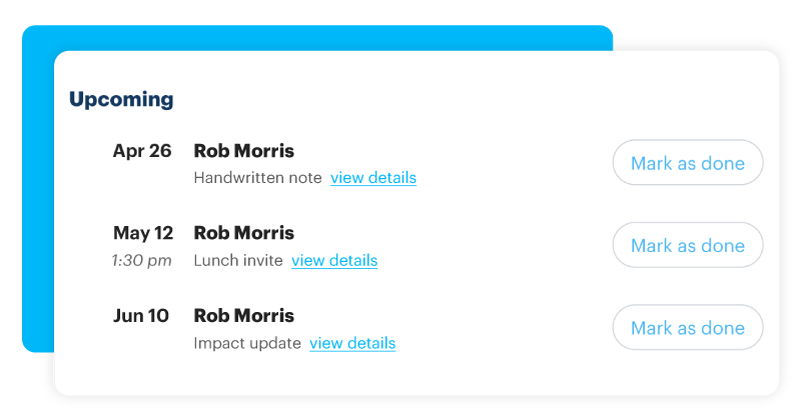
Break your annual stewardship plan into quarterly sprints with clear, actionable touchpoints (e.g., handwritten note, lunch invite, impact update). Use DonorPerfect contact records to track which outreach methods prompt responses. Each sprint ends with a review of engagement levels and adjustments to future outreach plans.
5. Year-end giving campaign
Instead of launching one big December appeal, break the campaign into 4 sprints starting earlier in the year: storytelling, social proof, urgency, and final push. Monitor donor engagement and giving trends weekly using DonorPerfect dashboards. Use sprint retrospectives to pivot your messaging, visuals, or segmentation mid-campaign for better performance.
6. GivingTuesday prep
Start planning in late summer with a Kanban board to manage key tasks like story gathering, email copy, design, and outreach. Use an early sprint to test subject lines and imagery with a warm audience. Review analytics and feedback, then adjust your final Giving Tuesday push based on what worked best.
7. Event planning
Divide the project into 6 sprints: venue booking, guest list finalization, promotional materials, sponsor outreach, table assignments, and follow-up. Assign clear ownership for each sprint task and use DonorPerfect to track RSVPs, sponsorships, and post-event gifts. Hold sprint retrospectives to improve each phase of the plan.
8. Segmented email appeals
In each sprint, test a different appeal version for key donor segments (e.g., monthly donors vs. one-time givers, young vs. older donors). Track open, click, and giving rates in DonorPerfect’s email reports. Based on what resonates, iterate on tone, design, or timing in the next sprint.
9. Board campaign support
Support your board’s peer fundraising efforts by sprinting around readiness tasks: create scripts, assign lists, and host role-play sessions. Track calls and outcomes in DonorPerfect’s contact log. At the end of the sprint, review what messaging or format worked best and replicate for future outreach.
10. Impact reporting
Break impact reporting into 2–3 sprints: first gather success stories and donor quotes, then design a layout and draft key metrics, and finally produce the final report. Use DonorPerfect to pull real performance data like donor retention, sources of funding, or average gift. Improve future reports by reviewing engagement metrics (opens, downloads, clicks) in the retrospective.
Agile Fundraising emphasizes progress over perfection. Every sprint is an opportunity to learn something new about your donors and improve your approach. In a fundraising world that changes daily, the ability to adapt quickly becomes a strategic advantage.
Free guide: How to Use Data
to Manage Your Nonprofit
Operate like a high-performing organization while staying grounded in your mission!
